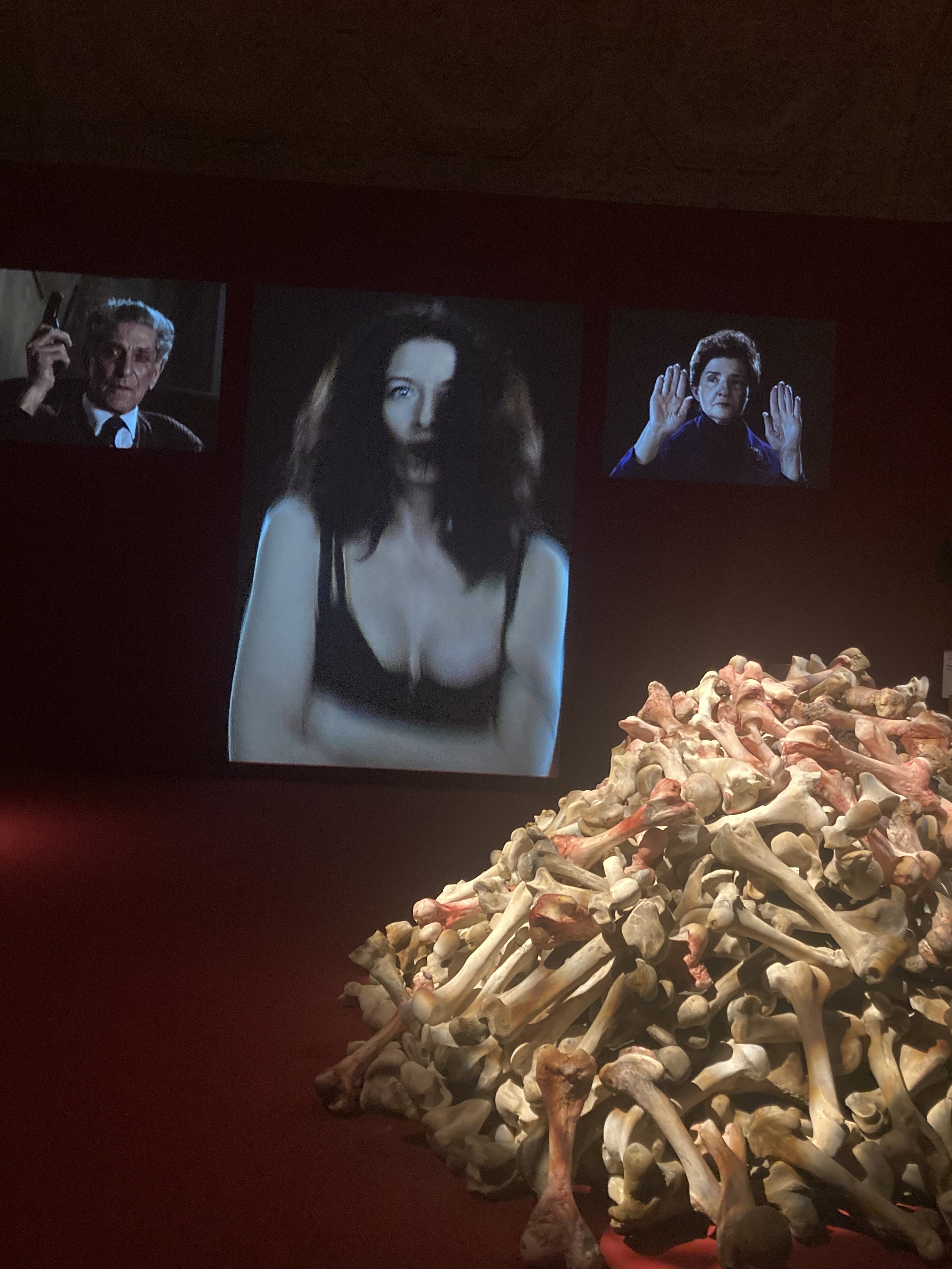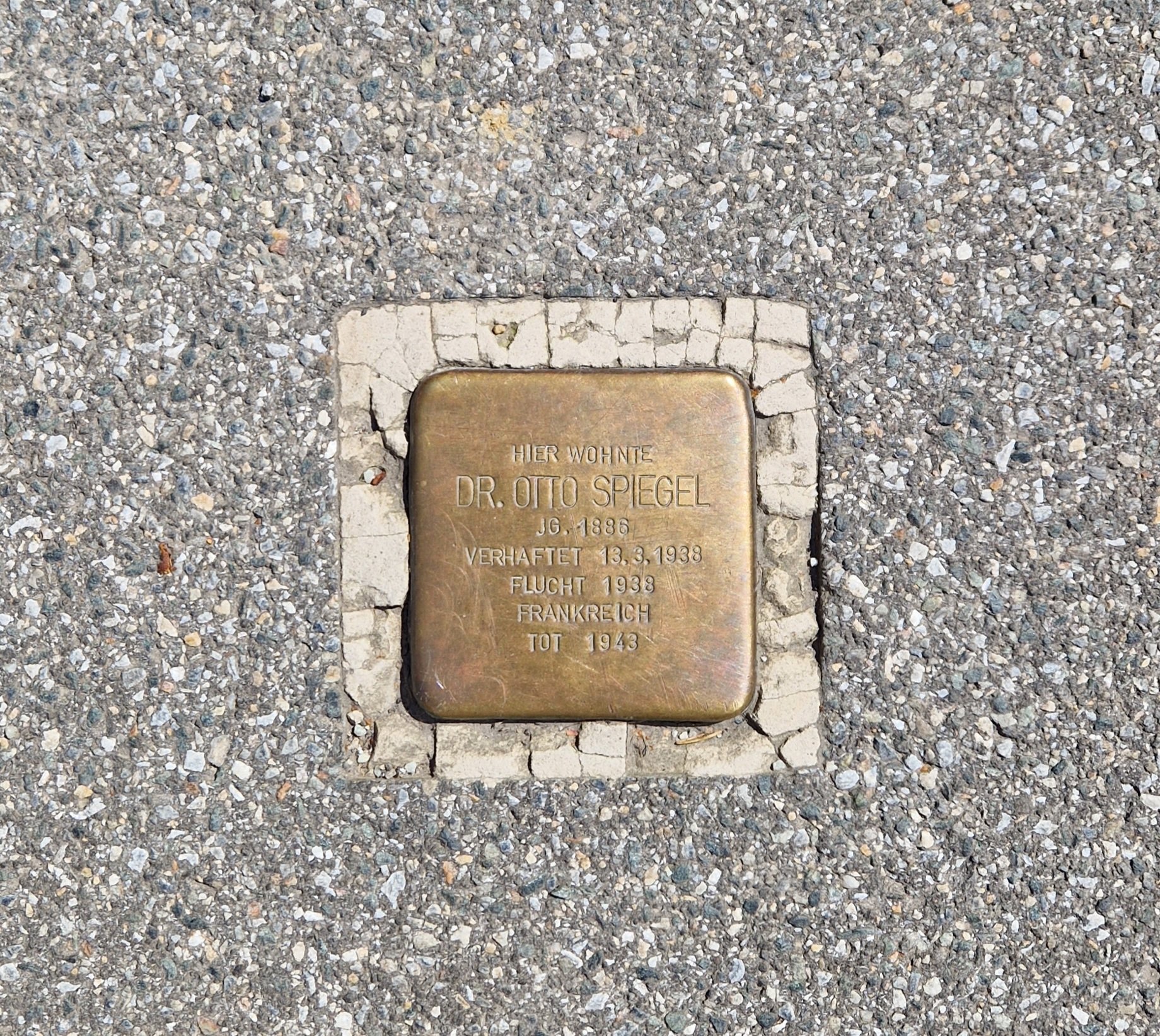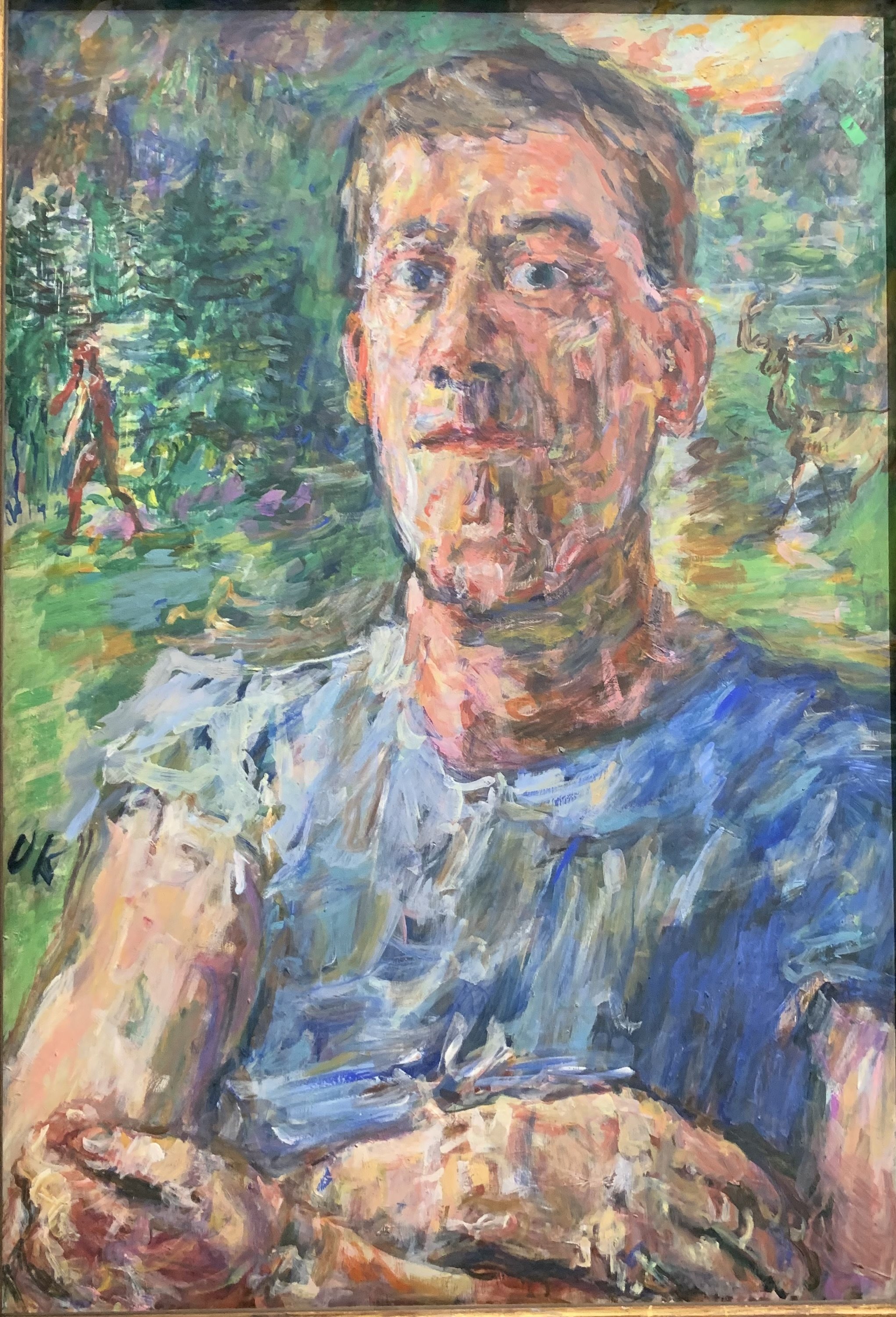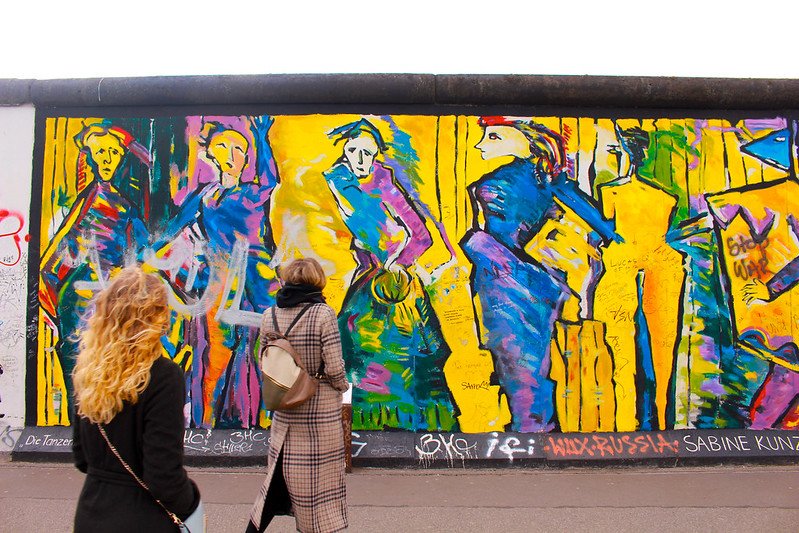Escalader des murs de peinture à l’exposition Nicolas de Staël
Accompanied by an English translation, Nadia Sorabji Stewart offers an intriguing interview with co-curator of the Nicolas de Staël exhibition at the Paris Musée d’art moderne. Providing an introduction to the world of de Staël and insights into curatorial practices, this probing interview is not to be missed.
Would You Squeeze Between a Naked Couple?
Lucy McCulloch explores the distinctive style of Marina Abramović and questions whether the contemporary sanitization of her art is a sign of something more troubling
RSL Remembers: Paula Rego
In this illustrative article, columnist Soraya Shakibi reflects on her evening spent at the Royal Society of Literature and the Royal Drawing School, exploring the life of virtuoso Portuguese artist Paula Rego. From history, to feminism, to fairytales, Shakibi takes us on an engaging tour of Portuguese culture as portrayed by Rego.
Stumbling Stones in Holocaust Memory: Gunther Demnig’s Stolpersteine
German editor Freya Swinburne takes us on a tour of the German memorial landscape as she traces forgotten pasts through Gunther Deming’s Stolpersteine.
Jan Matejko’s Skarga’s Sermon: A Flawed Masterpiece Misunderstood?
Marcelina Palamar introduces us to the complicated work of Jan Matejko, one of Poland’s most famous artists, revealing that despite Matejko’s grand intentions, a failure to consider his spectator’s lack of contextual knowledge eventually betrays him.
The Bizarre World of Bruno Schulz: Legs, Boredom and ‘Demonology’
In another insightful exploration of Eastern European artists, Marcelina Palamar takes a look at the eccentric Bruno Schulz. Discussion of his use of the cliche-verre technique, his fusion of identities and the critical response to his work all come together in this informative piece on the artist and his life.
Stanisław Szukalski: A (self-proclaimed) Genius
In another insightful re-assessment of Polish art, Marcelina Palamar introduces us to the eccentric genius, Stanisław Szukalski.
Beyond Pain and Terror: Zdisław Beksińksi through another lens
Marcelina Palamar re-evaulates the work of Zdislaw Beksinksi, taking a fresh look at the themes and wealth of symbolism that characterise his work.
Can we ever separate the artist from the art?
Staff writer Alexandra Macpherson explores how the legacies of some controversial artists and authors can affect the way their work is viewed today, asking whether we can- or should- separate the artist from their art.
Dreaming Angelic Conversations: Imagining Jarman and Klein in Phantom Dialogue
Staff Writer Jude Jones eloquently imagines an exchange between filmmaker Derek Jarman and artist Yves Klein, through the latter's 'International Klein Blue'.
‘The ‘Aestheticisation of Politics’ - Oskar Kokoschka, a Degenerate Artist
Following a personal visit to a Kokoschka exhibition, Einav Grushka examines the context behind ‘degenerate art’ and how Viennese artist, Oskar Kokoschka, came to be associated with the term.
Looking Past the Paint: How Understanding Street Art Can Reveal Berlin’s Social Discourse Over the Years
Looking beyond the aesthetic value of street art, Freya Swinburne delves into the social, cultural and political meanings behind the numerous forms of graffiti found in Berlin.
Natalia Goncharova: Not Just Another Rebellious Female Artist
Sofia Johanson explores the significance of Natalia Goncharova, separating her status as defiant, rule-breaking woman from her artistic innovations which captured the shifting and instability of the 20th century in Russia.
Un viaggio dantesco a Ravenna
Jenny Frost takes us on a virtual tour of the Italian city of Ravenna, exploring how the city embraces its cultural heritage while pushing forward into modernity.
Germany’s Underappreciated Art Scene: Artistic masters and their significance in European Art History
Rebecca Nolten writes about Germany’s artists and how their work has lacked appreciation in art history.
Fabergé: Symbol of Russia or Source of Controversy?
Sofia Johanson takes a look at the convoluted history of Fabergé eggs, exploring how they went from epitomising tsarist decadence to being at the centre of international disputes and mysteries even today


















